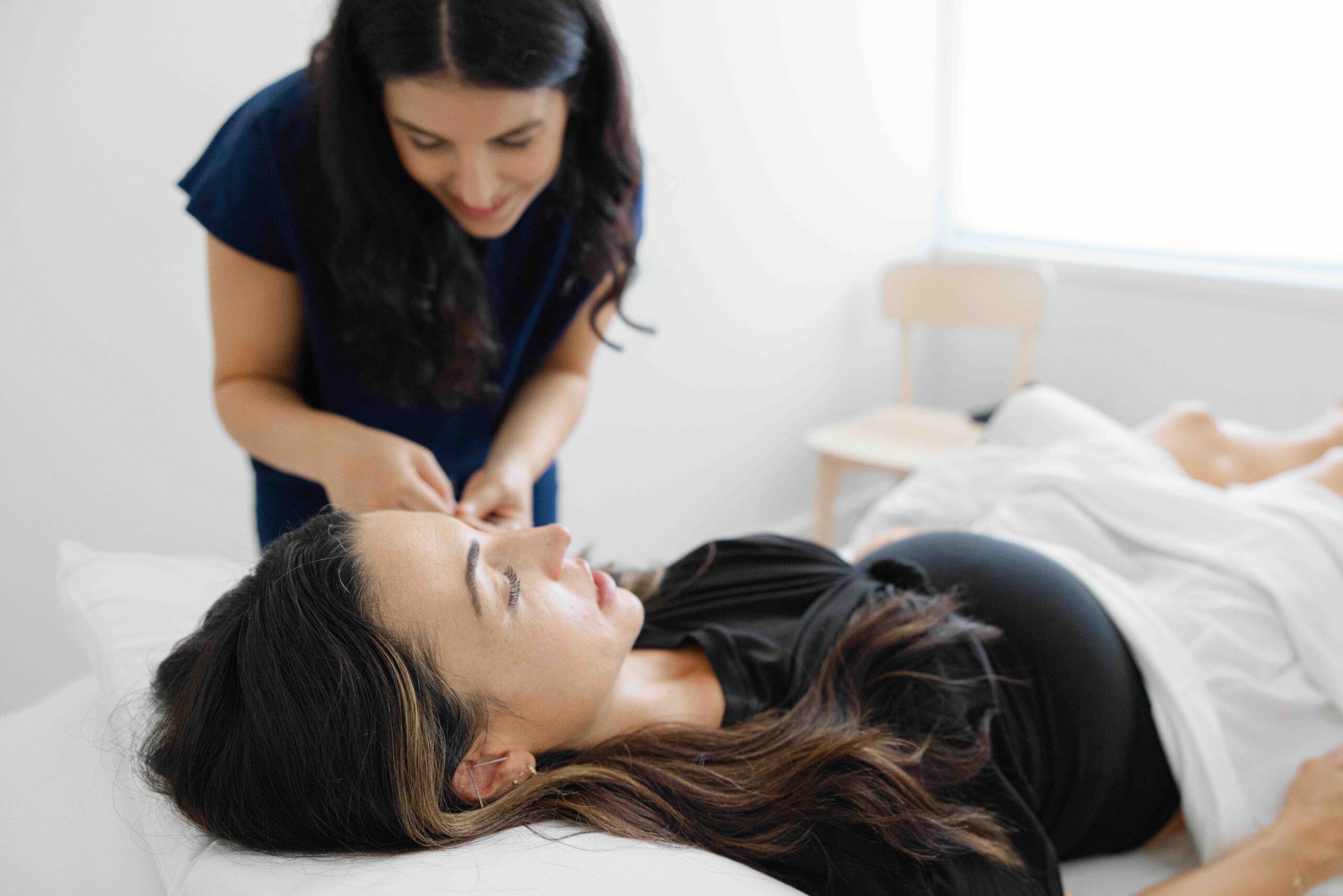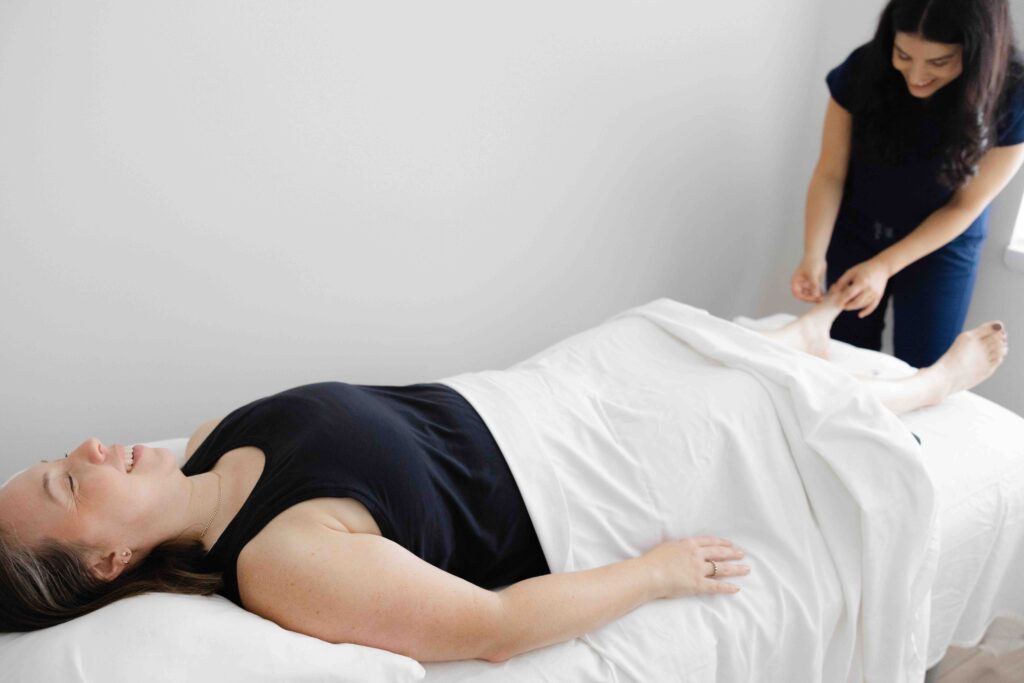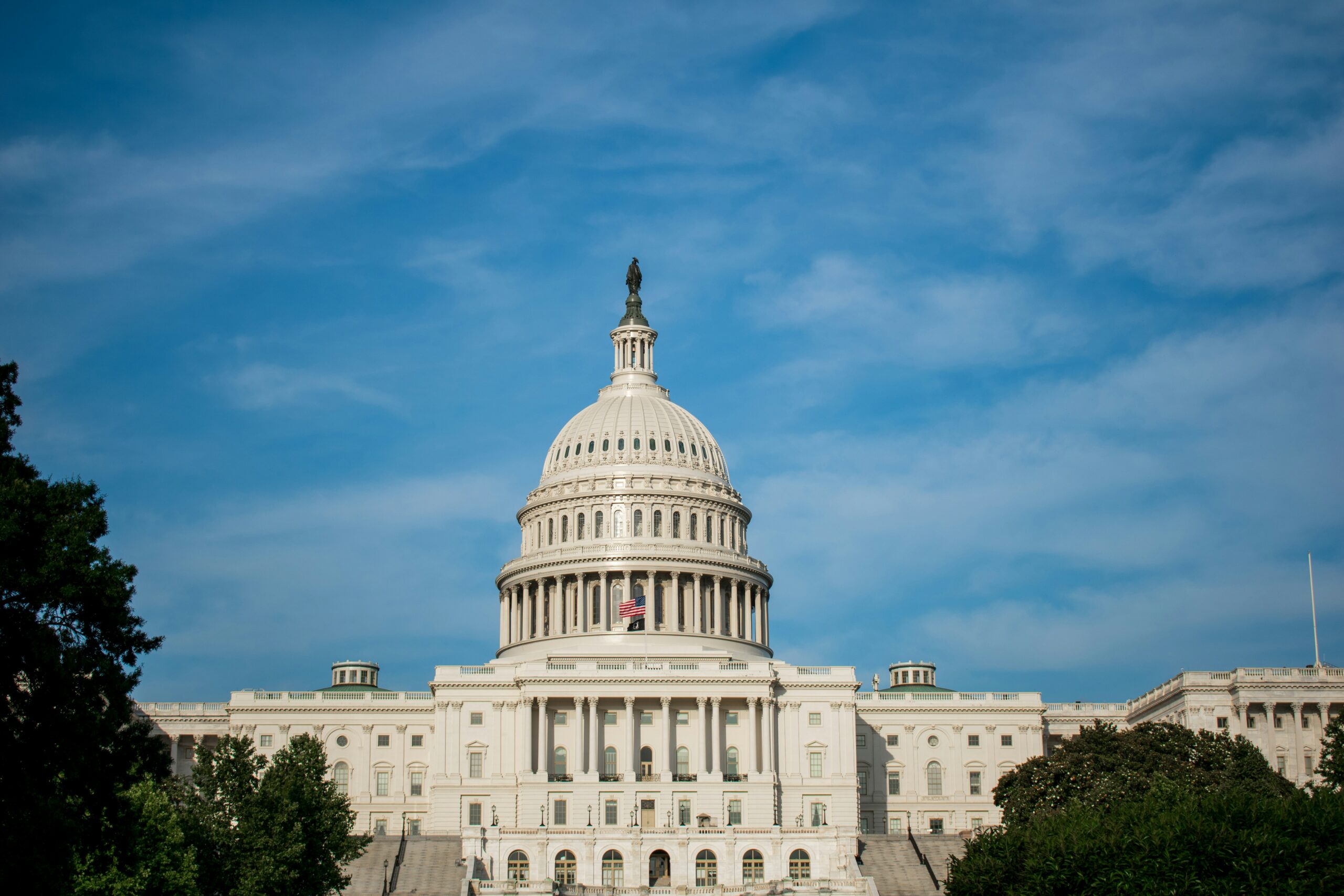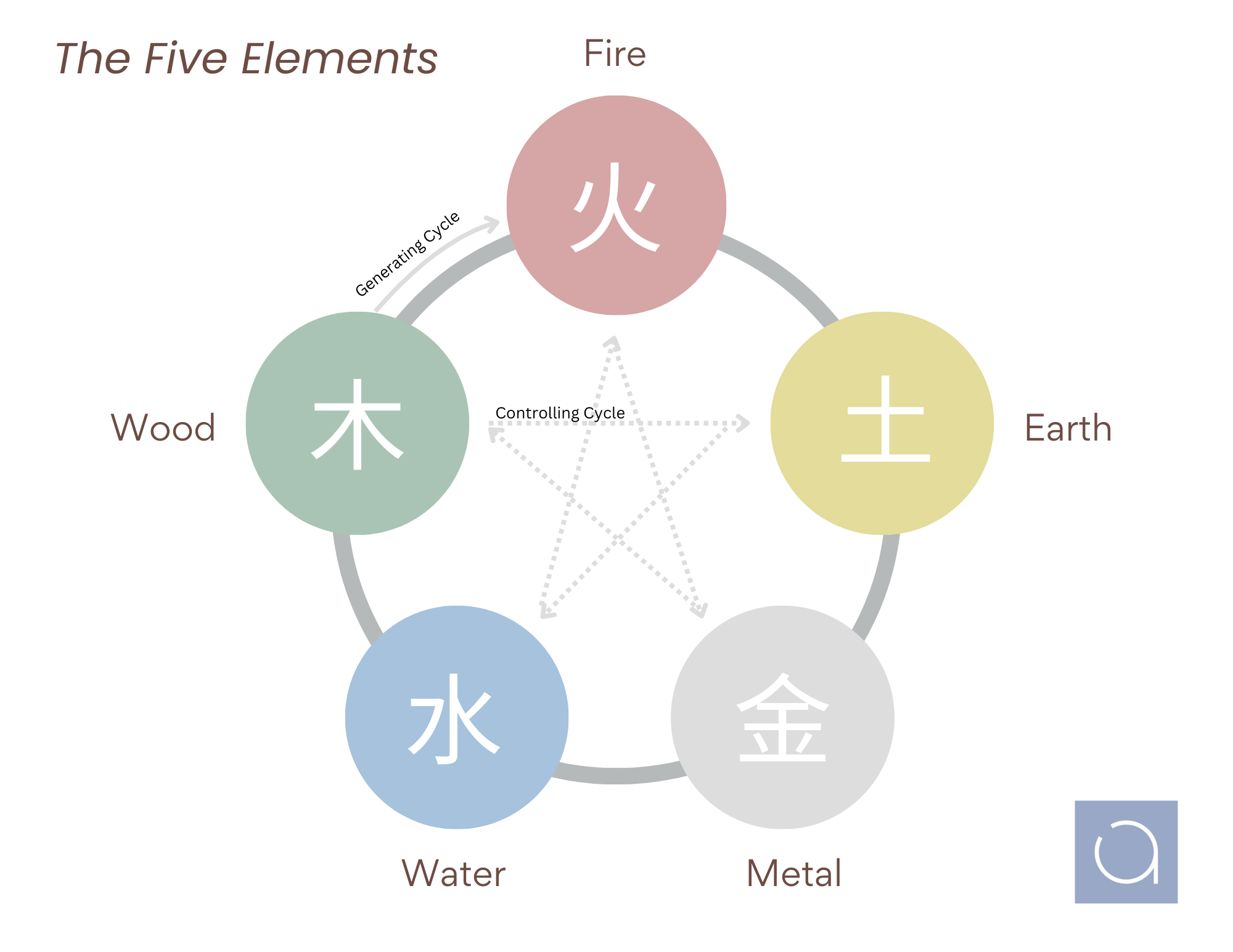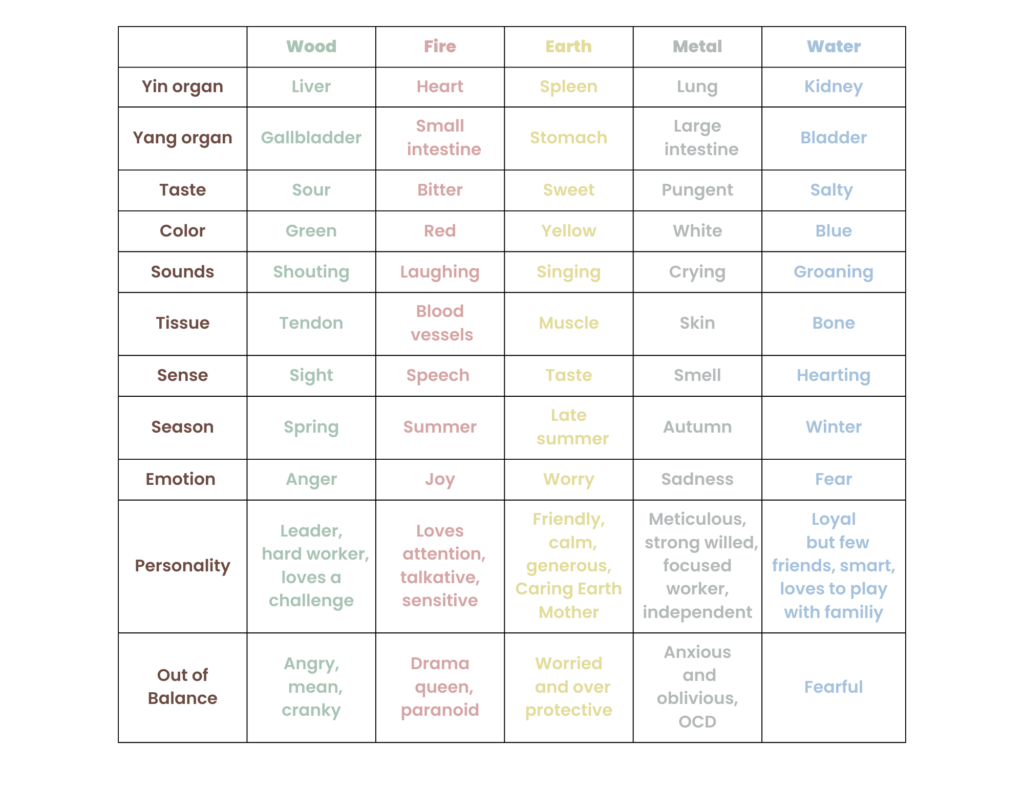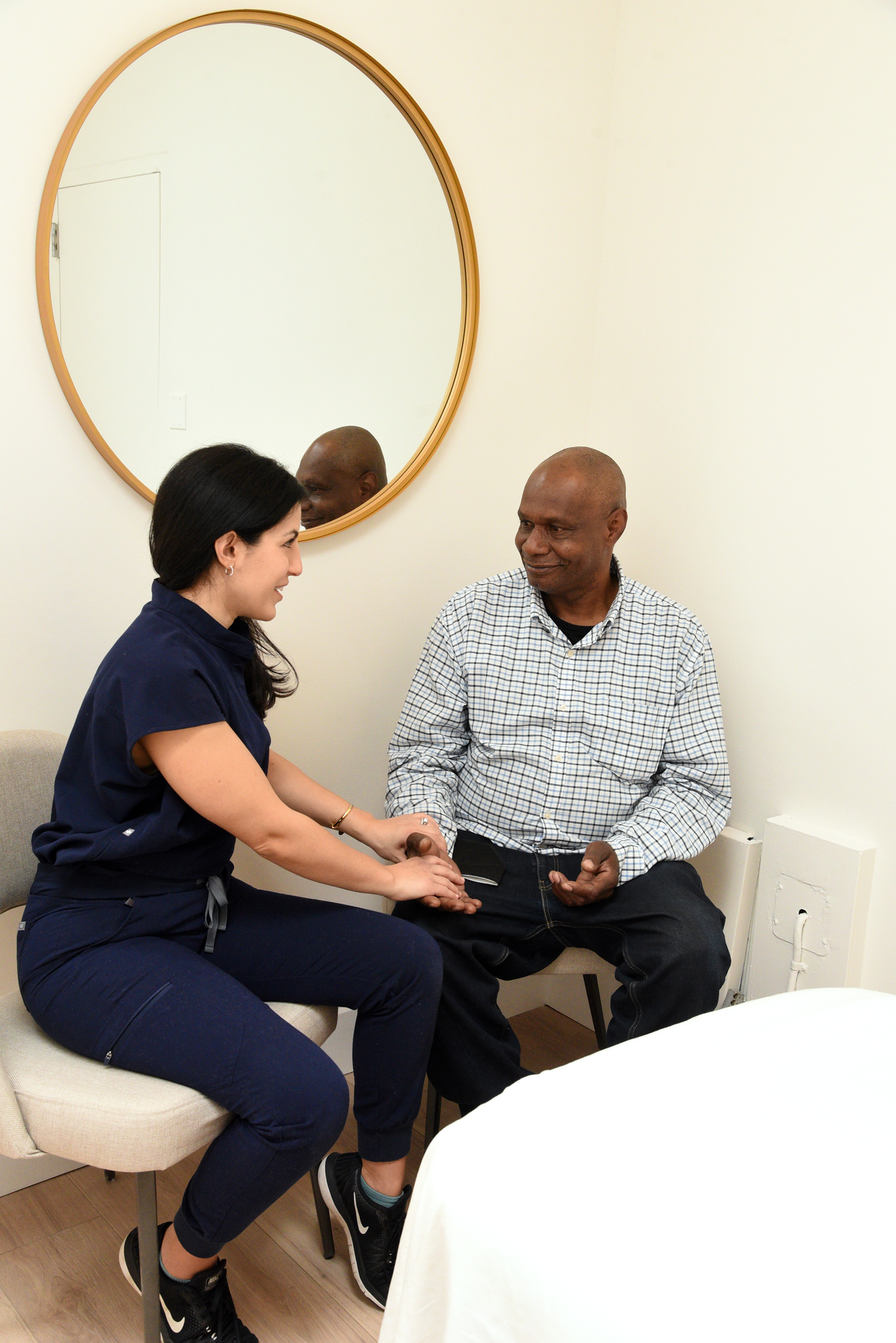If you’ve been told by your doctor to take curcumin for inflammation, you’re not alone. It’s a popular recommendation, and for good reason. Curcumin, the active compound in turmeric, has well-documented anti-inflammatory properties and a long history of traditional use across cultures. But here’s what often gets missed: from a Traditional Chinese Medicine (TCM) perspective, curcumin isn’t one-size-fits-all.
In TCM, we look at patterns—the underlying imbalances behind a symptom. So while turmeric may help reduce inflammation and pain, its effect (and safety) depends entirely on what’s happening in your body on a deeper level.
A Little History
Turmeric has been used medicinally for centuries. Its use spans nearly 4,000 years, originating in India’s Vedic culture as both a culinary staple and a sacred symbol. By 700 AD, it had reached China; it spread to East Africa by 800 AD, West Africa by 1200 AD, and arrived in Jamaica during the 18th century. Marco Polo famously described it in 1280 as resembling saffron. Ancient healing systems like Ayurveda and Unani documented its medicinal value for millennia, demonstrating its long-standing therapeutic importance across civilizations.
Turmeric is a product of Curcuma longa, a rhizomatous herbaceous perennial plant belonging to the ginger family Zingiberaceae, which is native to tropical South Asia. As many as 133 species of Curcuma have been identified worldwide.
Chemically, turmeric contains curcumin, demethoxycurcumin, and bisdemethoxycurcumin—compounds with known antioxidant and anti-inflammatory properties. But in Chinese herbal medicine, we go beyond chemical compounds to examine the energetics of the plant—how it moves, warms, cools, or transforms the body based on its inherent nature.
Not Just One Herb: Three Forms of Turmeric in TCM
In TCM, we recognize several different forms of turmeric, each with distinct actions and indications:
1. Jiang Huang (姜黄) – Turmeric Root
- Temperature: Warm
- Taste: Pungent, bitter
- Organs: Liver, Spleen
- Best for: Cold-type pain, arthritis worsened by damp/cold, trauma
- Key Actions: Moves blood, relieves pain, dispels wind-dampness
This is the most commonly form of “curcumin” used in supplements, but it’s best suited for cold and damp conditions, especially when pain feels heavy, stiff, and worse in cold weather. This is also what is found in the supermarkets!
2. Yu Jin (郁金) – Turmeric Root Tuber
- Temperature: Cold
- Taste: Pungent, bitter
- Organs: Heart, Liver, Gallbladder
- Best for: Heat signs (red, swollen joints), liver inflammation, emotional tension
- Key Actions: Moves blood, clears heat, eases emotional constraint
This is ideal for cases with emotional stagnation, heat, or signs like irritability and redness. It’s not suited for cold or deficient patients. This is one of my preferred herbs for my patient population experiencing pain, menstrual irregularities, and various women’s health issues.
3. E Zhu (莪术) – Zedoary Rhizome
- Temperature: Warm
- Taste: Pungent, bitter
- Organs: Liver, Spleen
- Best for: Severe stasis, abdominal masses, stubborn pain
- Key Actions: Breaks blood stasis, dissolves masses, resolves food stagnation
E Zhu is powerful and often used in cases of sharp, chronic pain, fibroids, amenorrhea or trauma. This is another herb I use often with my patient population. However, it must be used with caution, especially with those with excessive menstruation.
So, Does Turmeric Help?
Yes, but only when matched to the right pattern. For example:
- Cold-type arthritis? Jiang Huang may help.
- Heat and inflammation? Yu Jin could be better.
- Severe stagnation and pain? E Zhu might be appropriate.
Important Considerations
Taking turmeric when you don’t need it—or using the wrong type—can overstimulate blood circulation. Moreover, if the source of your inflammation is steaming from other patterns, e.g. phlegm/dampness or fire, this can further create health complications. This is especially important for those trying to conceive, as improper use can interfere with menstrual cycles or fertility health.
Additionally, I don’t recommend using isolated curcumin extracts. While concentrated, they lack the full spectrum of active components found in whole turmeric. It’s best to use turmeric in its natural form—and to work with someone trained to choose the right variety based on your constitution and condition.
Lastly, don’t let this stop you from cooking with turmeric. Think of cooking with turmeric like adding a pinch of spice—it’s gentle and safe for everyday wellness. But taking it as medicine (like in supplements or strong herbal doses) is more like a targeted treatment, but only if your body actually needs it. Too much can overstimulate or create imbalances, so it’s best used with guidance.
When Curcumin Might Not Be Right
This is where personalized care matters. These herbs can worsen certain conditions if used incorrectly. For instance:
- Those with Qi or blood deficiency (think fatigue, dizziness, or pale complexion) may feel worse on strong moving herbs like turmeric.
- Yu Jin’s cold nature can upset weak digestion.
- All forms of turmeric —Jiang Huang, Yu Jin, and E zhua —are contraindicated in pregnancy.
The Bottom Line
Turmeric and curcumin supplements can be helpful—but only when tailored to your body’s unique needs. Moreover, if the inflammation is not caused because blood is not moving properly a type of turmeric may not be helpful. In TCM, we treat the pattern, not just the symptom. So before grabbing a bottle off the shelf, ask: What’s really going on beneath the surface?
If you’re curious whether curcumin is right for your specific health picture, a Traditional Chinese Medicine consultation can help guide you safely and effectively.

